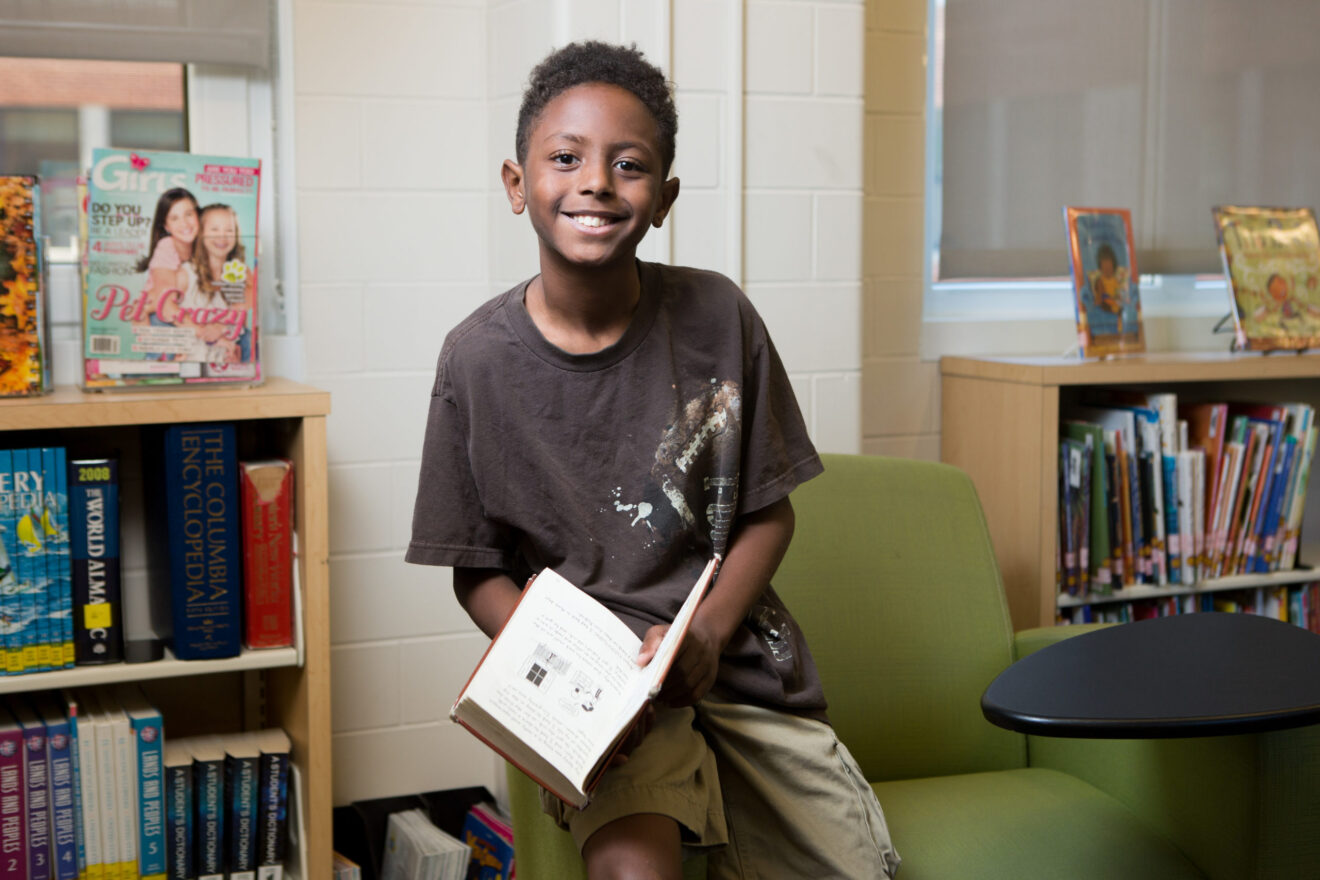When I was a classroom teacher, I always knew that some students needed and thrived on individual or small-group instruction. This is especially true for reading, where the earlier you can intervene and provide that additional support, the better.

Facing lower ACT Aspire reading scores, our district was looking for a new way to manage timely literacy intervention across all our secondary schools. Our mission aligned with Reading Initiative for Student Excellence, a statewide reading campaign whereby community partners, parents and teachers establish the importance of reading in homes, schools and communities.
Before I came on board, our district went in search of a solution that would help students in grades six through nine improve their reading and grammar levels. It found what it was looking for in Lexia PowerUp Literacy, an adaptive blended learning program that accelerates literacy gains for students in grades six through 12.
How to implement new literacy program smoothly
Here are five steps our district took to ensure a smooth transition to using our new literacy platform:
1. Leverage the data
Data produced through a literacy program should be easily accessible and ready to act on as needed. Bryant School District’s teachers primarily use the class table, which displays the units and minutes, and I use the data to track progress of the entire class and whole groups. Teachers also can use a report designed for professional learning communities and can incorporate the skills progression report. We use that to identify the students who may be using the program but not making progress. That is how we know which kids we need to target.
2. Take a flexible approach across schools
Bryant Middle School and Bethel Middle School use different approaches, both of which are working well. The first requires students to use the literacy program for 10 or 15 units per week and then gives those students a participation grade for meeting their weekly units. The second adopts a flexible approach that leaves the actual usage requirements up to the individual teacher.
3. Get other teachers involved
Study skills teachers from both middle schools use the program in their classes once or twice a week. Our Bryant Middle School choir teacher, who teaches study skills, is one of our top users of the program.
4. Add a little competition to the mix
To incentivize more teachers to use the platform, my team held a five-week-long competition to see who could complete the highest average of units in each class period. The winning classes earned a free period during their English classes. A couple of us volunteered to supervise while those kids got to go play in the gym. We had snacks for the students, and teachers received two prep periods that day because we did the supervision. Both the students and the teacher of the winning class were incentivized.
5. Don’t focus on minutes
We shied away very early on from measuring anything in terms of minutes. Instead, we measure the units. Students figured out early that watching a video on their iPad would count toward those minutes, even if they were not doing anything. When we saw that students were meeting their usage goal with minutes but not making progress, we changed that feature quickly.
Results show gains
Currently, Bryant Middle School’s sixth-grade team has the highest usage across all groups in the district. Bethel Middle School’s seventh-grade students had the highest number of students who met their Northwest Evaluation Association winter test growth goals. In fall 2021, just 43% of our students met their growth requirements. By the winter test, 57% met their growth standards. Districtwide, the sixth-grade students showed a 16% increase on the state’s standardized ACT Aspire Reading test from April 2021 to April 2022.
Those were just the students that hit the growth mark — not necessarily students who did well on the test. For the winter NWEA test 49% of Bryant Middle School students had met their growth targets versus 38% the previous fall.
Reward students for their hard work
Bryant Junior High School, our third secondary school to implement the literacy program during this school year, holds monthly parties for students. Teachers set the goals, and we review the data to see which students meet those goals each week. Then we put the names into a drawing and submit their names for the party. If they meet their goals for five weeks in a row, students get to play games and eat pizza outside for an hour during lunch.
We also just held a raffle, so each time someone met their weekly goal, their name went into a hat. We gave away AirPods and an Apple Watch to the winners, and they absolutely loved it. It gave them something very fun and rewarding to work toward as they learned.
Crystal Hall is a secondary district literacy specialist for Bryant School District in Bryant, Ark. The district uses Lexia PowerUp Literacy.
Opinions expressed by SmartBrief contributors are their own.
_________________________
Subscribe to SmartBrief’s FREE email newsletter to see the latest hot topics on EdTech. It’s among SmartBrief’s more than 250 industry-focused newsletters.
